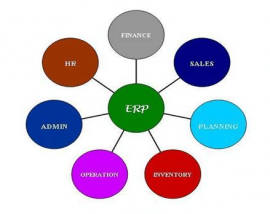In my first post, I looked at the first four success factors for businesses seeking to leverage their initial investment in ERP by adding ‘second wave’ capabilities to the system – ERP II projects.
My posts are based on an article by Beatty & Williams from Northern Illinois University in the flagship ACMCommunications magazine.
Here are the remaining four success factors:
- Infrastructure Costs – if you thought you’d already invested enough in the infrastructure, think again. The study shows that second wave projects and upgrades may require significant additional investments, with some newer versions effectively requiring a full client hardware refresh to run effectively.
- Revisit Customizations – more applicable to upgrade projects, the study shows that too many firms over-customize their ERP during the initial implementation in an attempt to win over the end users. In any upgrade, it is worth reviewing the customizations and eliminating those no longer needed.
- Test, Test, and Test Again – the research shows that end-to-end testing of the key business processes is most important. Allocate responsibility for testing to those who will actually use the system, and don’t neglect performance testing.
- Second Wave Training – it make sense that you won’t realize the benefits of the added functionality available in your ERP system unless your staff are trained. But the study goes further, it suggests that greater benefits are realized when staff understand how the ERP is integrated into the overall company operation. The study found that training is often underdone, and that important follow-up training after go-live is ignored. The article suggests nominating a key ‘power user’ to work with other staff to discuss and resolve issues with the system.
Any surprises in this list ? – Not really, but how many second wave projects actually follow the recommendations?







